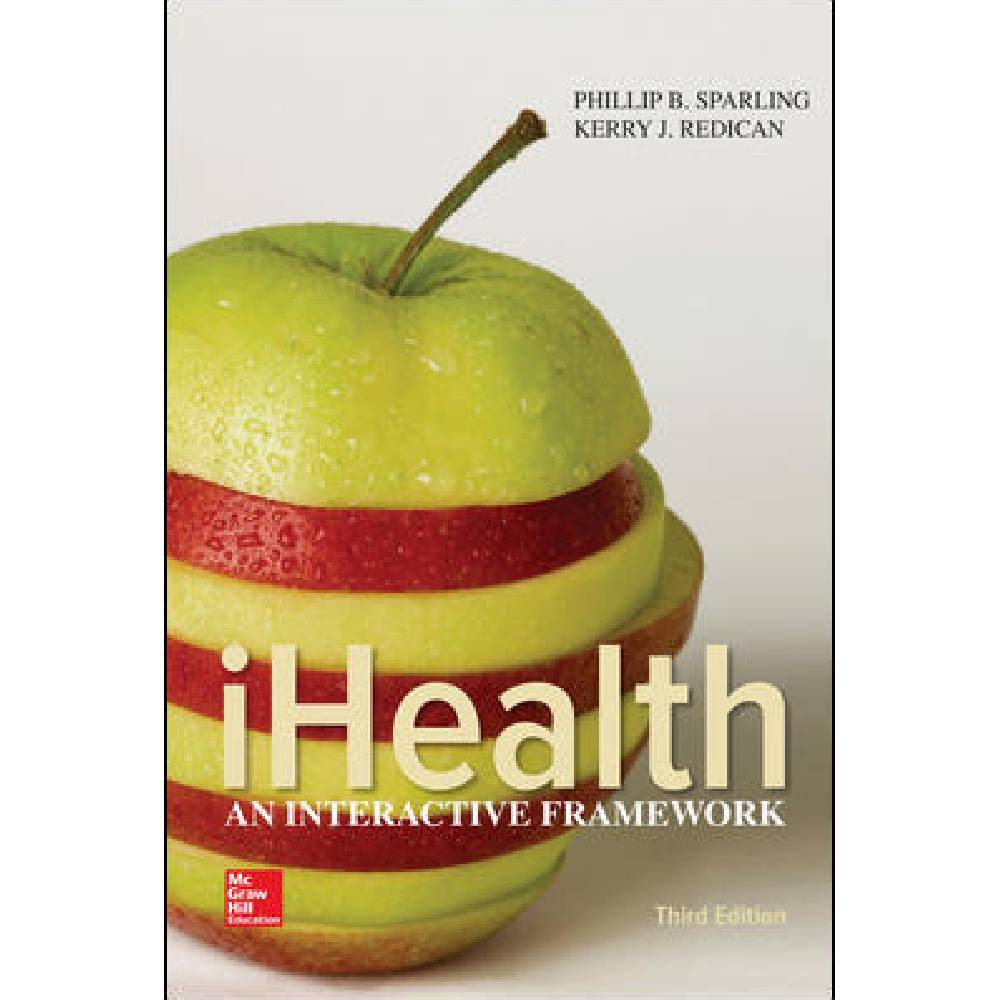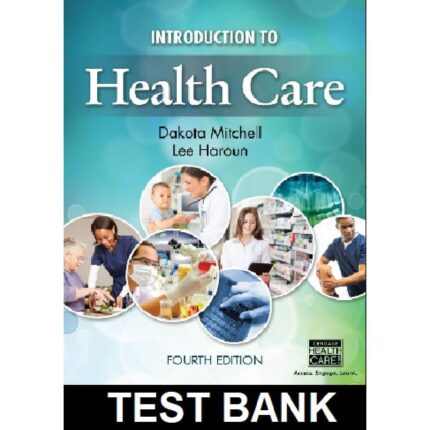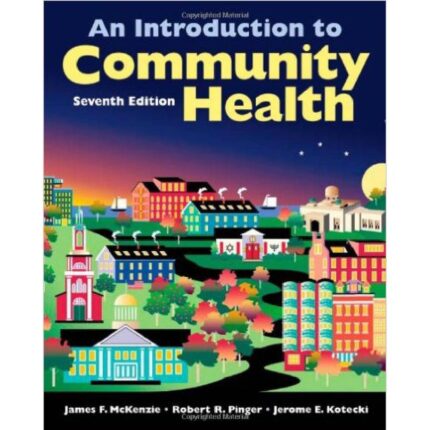iHealth 3Rd Edition By By Phillip Sparling -Test Bank
Chapter 11
Infections
Multiple Choice Questions
- Communicable diseases are caused by microorganisms called _____.
- antibodies
- antigens
- C. pathogens
- leukocytes
Accessibility: Keyboard Navigation
Bloom’s Taxonomy: Knowledge
Learning Objective: Recall the definition of pathogens
Topic Area: Communicable Disease Process
- All of the following are among the six major groups of pathogens EXCEPT _____.
- A. influenza
- bacteria
- rickettsia
- metazoa
Accessibility: Keyboard Navigation
Bloom’s Taxonomy: Knowledge
Learning Objective: Recall the major groups of pathogens
Topic Area: Communicable Disease Process
- Which of the following is NOT among the causes of most common diseases?
- Bacteria
- Viruses
- Fungi
- D. Protozoa
Accessibility: Keyboard Navigation
Bloom’s Taxonomy: Knowledge
Learning Objective: Recall the pathogens that cause most common diseases
Topic Area: Communicable Disease Process
- Which of the following is the place where pathogens live and reproduce?
- Incubator
- B. Reservoir
- Cage
- Cistern
Accessibility: Keyboard Navigation
Bloom’s Taxonomy: Knowledge
Learning Objective: Recall the definition of reservoir
Topic Area: Communicable Disease Process
- All of the following are direct modes of transmission of infections EXCEPT _____.
- coughing
- B. insect bites
- sneezing
- sexual contact
Accessibility: Keyboard Navigation
Bloom’s Taxonomy: Knowledge
Learning Objective: Identify direct modes of transmission for pathogens
Topic Area: Communicable Disease Process
- Which of the following is an indirect mode of transmission?
- Sexual contact
- Sneezing
- C. Food
- Coughing
- Which of the following statements is true about the indirect modes of transmission of a pathogen?
- Vectors are substances like food or water.
- B. Inanimate objects such as drinking glasses and eating utensils are considered vehicles.
- Indirect modes of transmission are person to person via coughing, sneezing, or sexual contact.
- Vehicles can be insects, such as mosquitoes or ticks, that carry a pathogen.
Accessibility: Keyboard Navigation
Bloom’s Taxonomy: Knowledge
Learning Objective: Identify indirect modes of pathogen transmission
Topic Area: Communicable Disease Process
- Which of the following modes of pathogen transmission is an example of a vehicle?
- Mosquito
- Coughing
- Fungus
- D. Food
Accessibility: Keyboard Navigation
Bloom’s Taxonomy: Knowledge
Learning Objective: Recall the definition of a vehicle in terms of pathogens
Topic Area: Communicable Disease Process
- Which of the following is NOT a portal of entry for pathogens?
- Nose
- B. Hair
- Skin
- Reproductive system
Accessibility: Keyboard Navigation
Bloom’s Taxonomy: Knowledge
Learning Objective: Identify the portals of entry and exit
Topic Area: Communicable Disease Process
- The time between exposure to the pathogen and the onset of clinical symptoms is known as _____.
- prodromal stage
- B. incubation stage
- acute stage
- recovery stage













Reviews
There are no reviews yet.